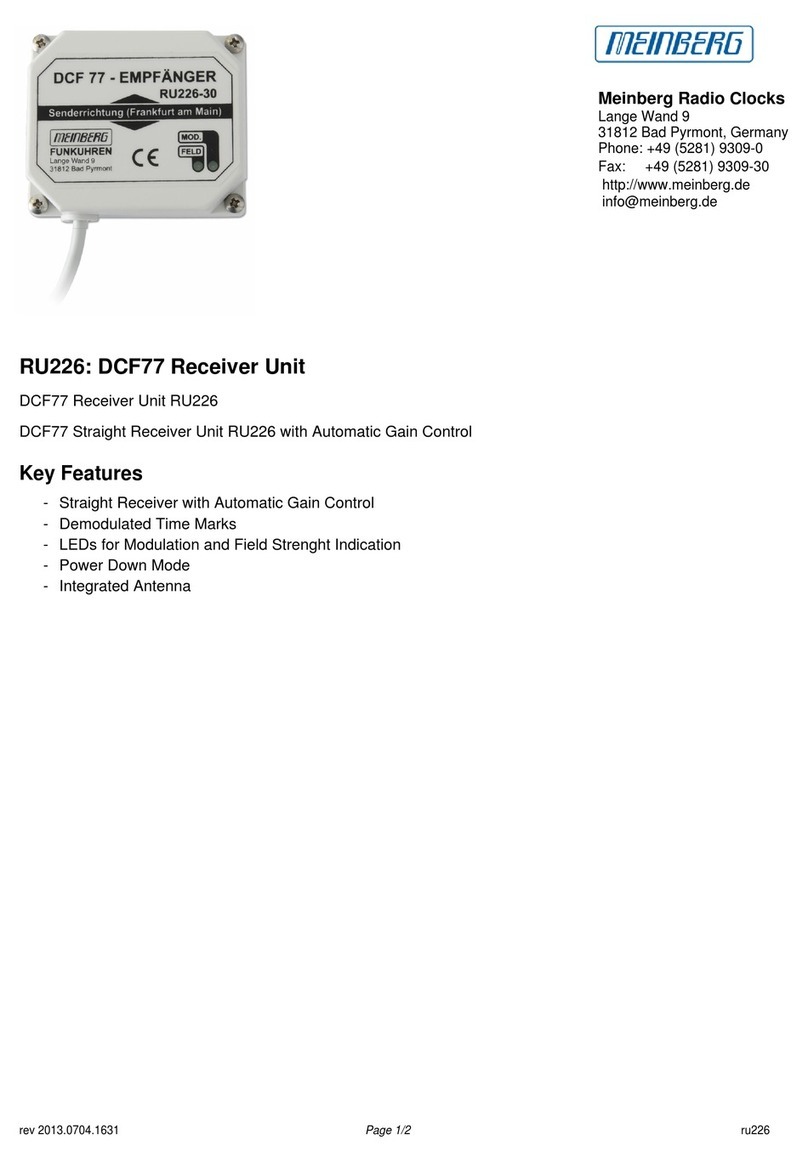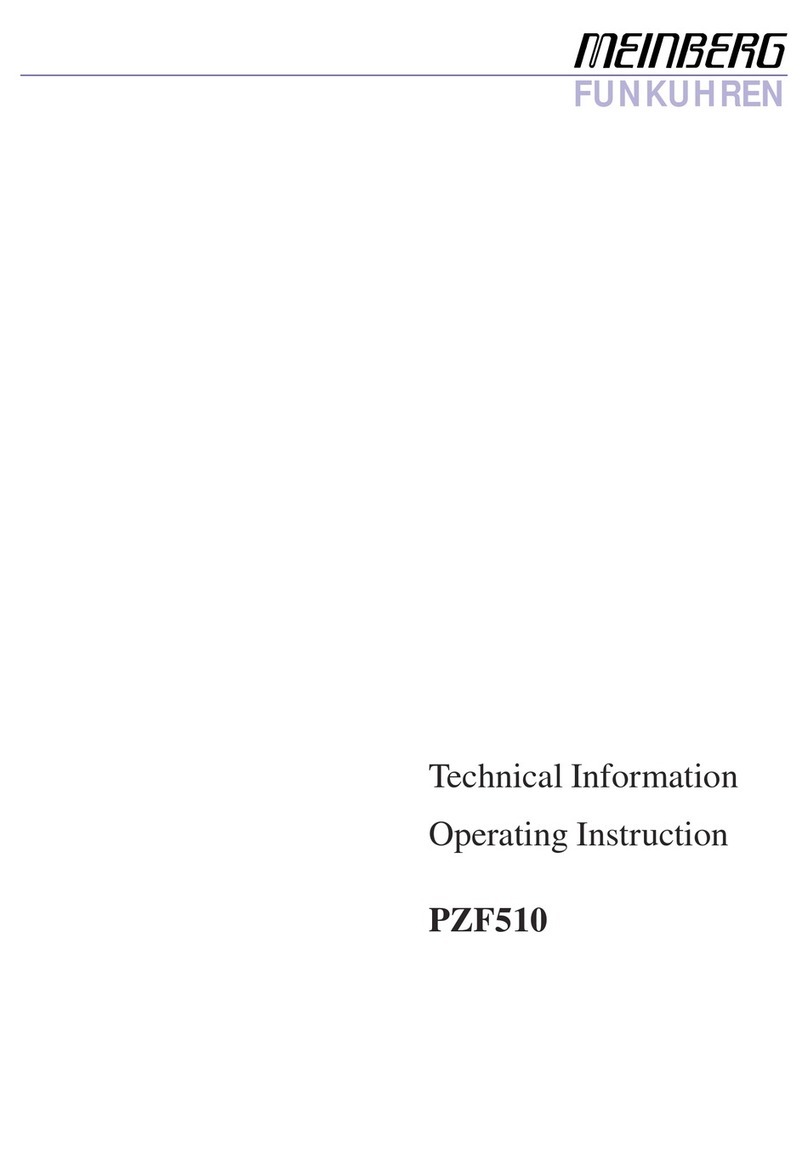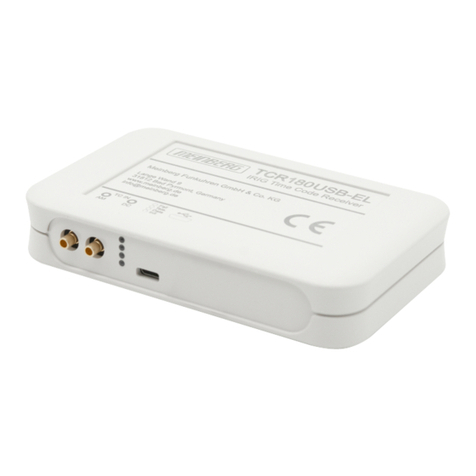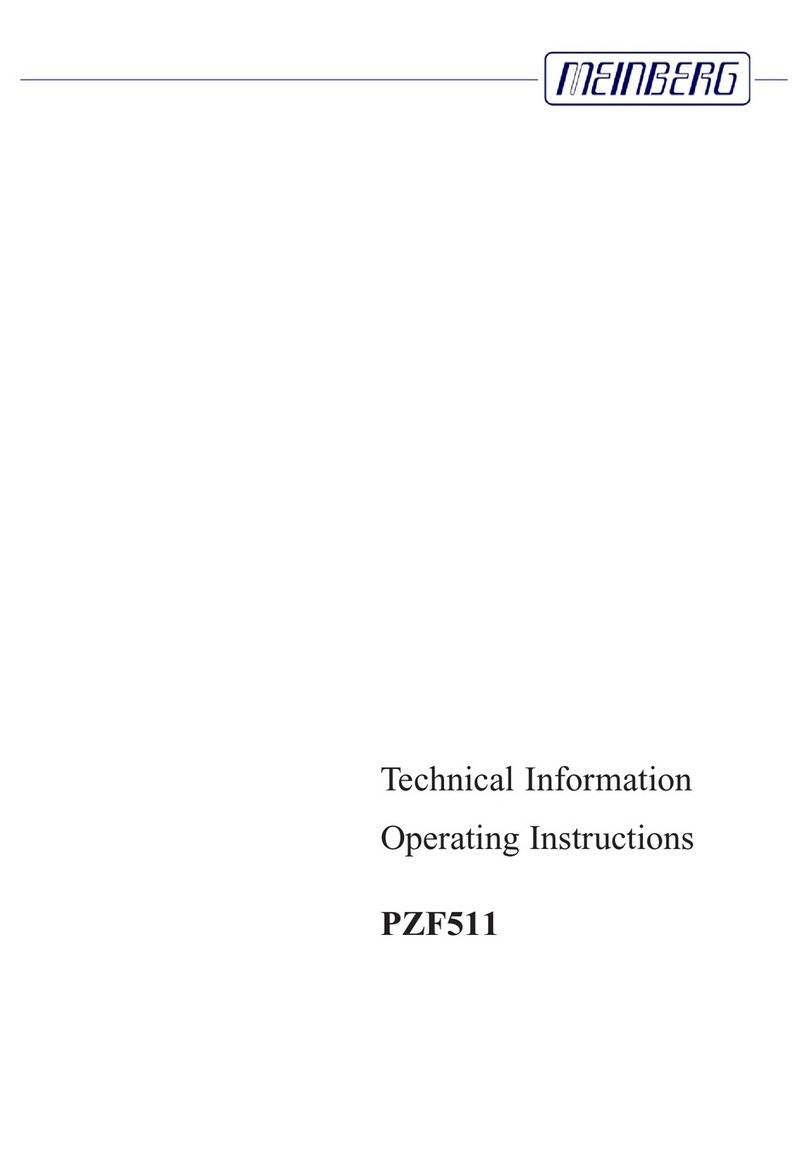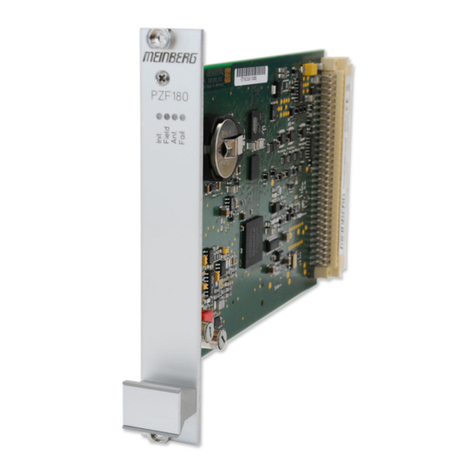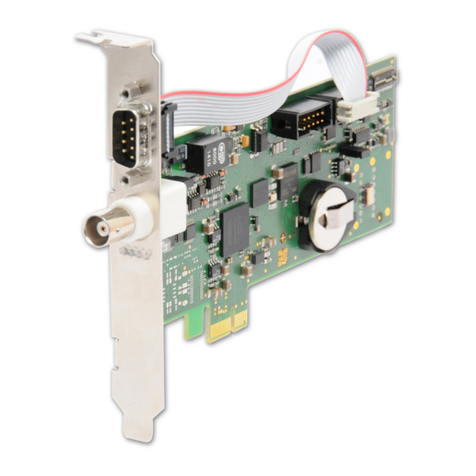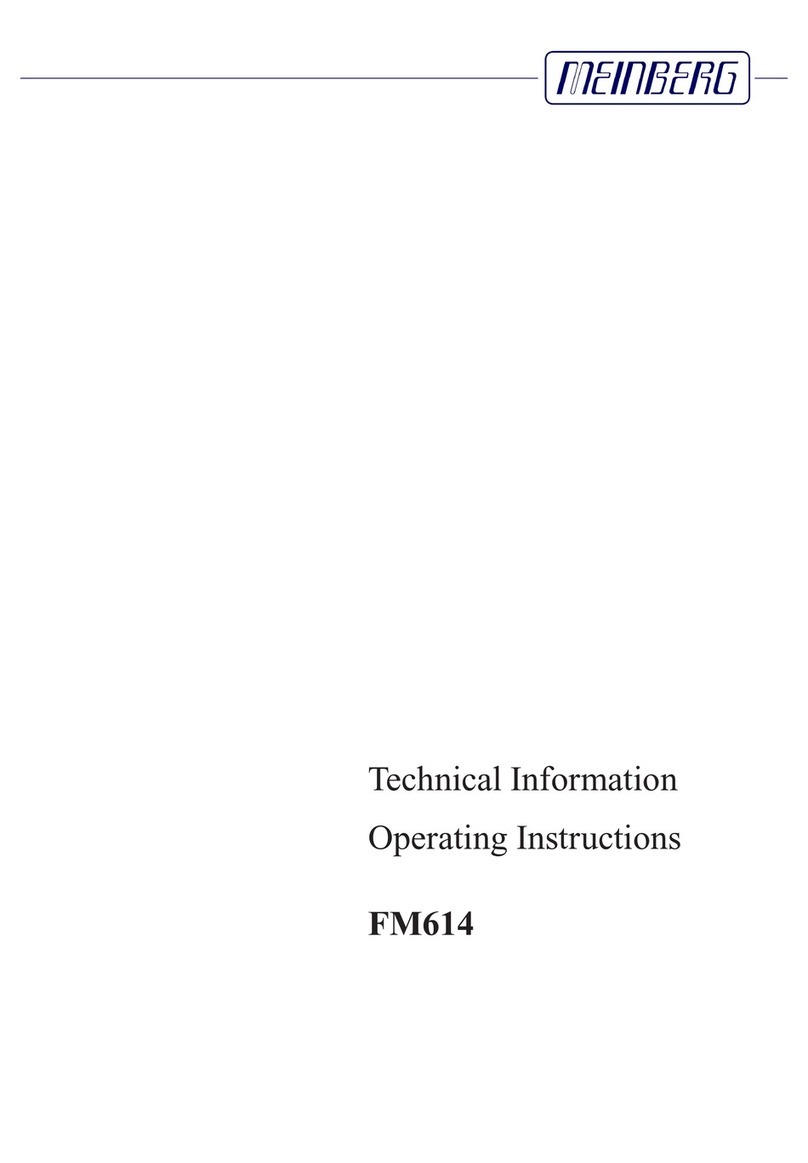This manual contains important
safety instructions for the instal-
lation and operation of the device.
Please read this manual completely
before using the unit.
This device may only be used for
the purpose described in this man-
ual. In particular, the given limits
of the device must be observed. The
safety of the installation in which
the unit is integrated is the respon-
sibility of the installer!
Non-observance of these instruc-
tions can lead to a reduction in the
safety of this device!
Please keep this manual in a safe
place.
This manual is intended exclusively for electricians or persons trained by an electrician who are familiar with
the applicable national standards and safety rules. Installation, commissioning and operation of this device may
only be carried out by qualified personnel.
2.3 Security during Installation
Preparing for Commissioning
This built-in unit, has been de-
signed and examined according to
the requirements of the standard
IEC 60950-1 „Information Technol-
ogy Equipment - Safety".
When the built-in unit is used in
a terminal (e.g., housing cabinet),
additional requirements accord-
ing to Standard IEC 60950-1 must
be observed and complied with.
In particular, the general require-
ments and the safety of electrical
equipment (such as IEC, VDE, DIN,
ANSI) as well as the applicable na-
tional standards are to be observed.
The device has been developed
for use in the industrial sector as
well as in residential areas and can
only be used in such environments.
For environments with higher levels
of soiling, additional measures, e.g.
Installation in an air-conditioned
control cabinet required.
Transport, Unpacking,
Installation
If the unit is brought into the oper-
ating room from a cold environment,
condensation may occur, wait until
the unit is temperature-controlled
and absolutely dry before operating
it.
When unpacking, setting up, and
before operating the equipment, be
sure to read the information on the
hardware installation and the spec-
ifications of the equipment. These
include, for example, dimensions,
electrical characteristics, and nec-
essary ambient and climatic condi-
tions, etc.
The fire protection must be en-
sured in the installed state.
For mounting, the housing must
not be damaged. No holes may be
drilled in the housing.
For safety reasons, the device with
the highest mass should be in-
stalled in the lowest position of the
rack. Other devices must be placed
from the bottom to the top.
The device must be protected
against mechanical stress such as
vibration or shock.
4 Date: 5th June 2018 GNS165XHS

